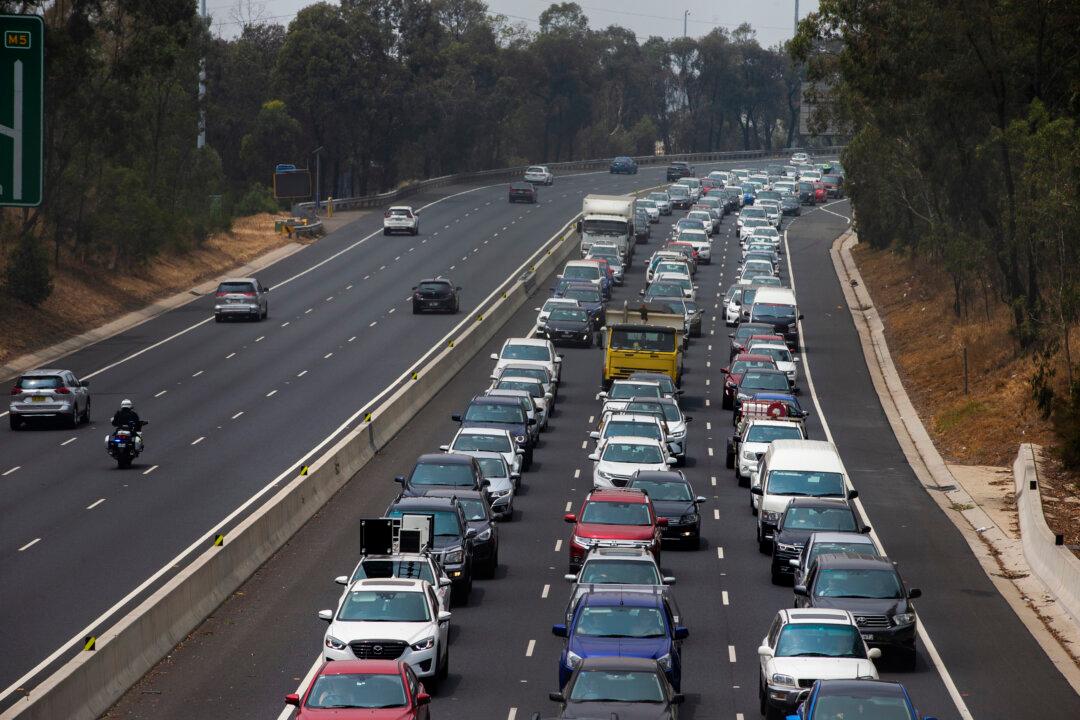A transport plan for New Zealand’s capital, Wellington, that aimed to make strategic improvements in state highways through large-scale projects and invest in mass transit options and better airport connectivity has been rescinded by the new National-led coalition government.
Let’s Get Wellington Moving (LGWM) was a NZ$7.4 billion (US$4.6 billion) campaign that championed large-scale transit initiatives like a second tunnel at Mount Victoria, that connects Wellington City with its eastern Suburbs, and a change of the road layout around the Basin Reserve roundabout to extend the Arras Tunnel, and ease congestion.





